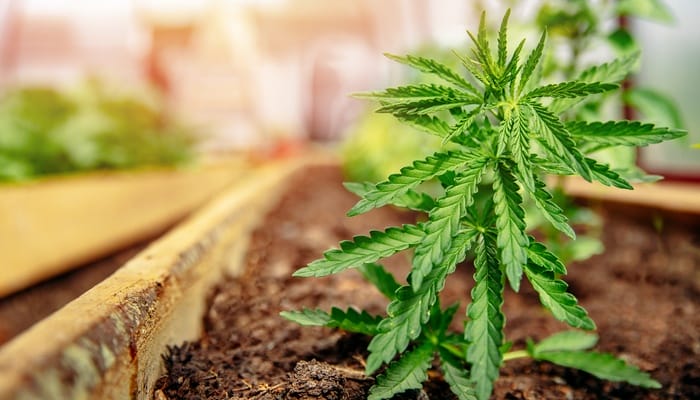Growing your own cannabis for pain relief puts you in control of your medicine from seed to harvest. Home cultivation ensures you have a pure, high-quality product tailored to your specific needs. Start your journey toward a successful and rewarding grow.
Selecting the Right Strain for Pain
Choosing the correct strain is the most critical first step. Different cannabis strains contain varying levels of cannabinoids like THC and CBD, which interact with the body’s pain receptors.
Indica strains often provide relaxing, full-body effects that can alleviate chronic pain and muscle spasms, making them ideal for nighttime use. Sativa strains, on the other hand, typically deliver more energizing and uplifting effects, which may help with pain without causing drowsiness.
Hybrid strains offer a balance of both. Research strains known for their analgesic properties, such as ACDC, Harlequin, or Northern Lights, to find the best fit for your symptoms.
Creating the Ideal Grow Environment
Your cannabis plants need a stable and controlled environment to thrive. You can grow indoors or outdoors, but an indoor setup gives you complete authority over crucial factors. Maintain a consistent temperature between 68 and 77 degrees Fahrenheit and manage humidity levels carefully, keeping them higher during the vegetative stage and lower during flowering to prevent mold.
Efficiently managing your resources requires choosing the right irrigation method for different crops to ensure your plants receive the precise amount of water they need without waste.
Mastering Light and Nutrient Schedules
Cannabis plants depend on specific light cycles to grow and flower. During the vegetative stage, provide 18 hours of light followed by six hours of darkness. To trigger the flowering stage, switch to a 12/12 light-dark cycle. For nutrients, start with a nitrogen-rich formula during vegetative growth to support leaf and stem development.
As plants enter the flowering phase, transition to a fertilizer higher in phosphorus and potassium to encourage robust bud production. Always follow the manufacturer’s instructions to avoid overfeeding, as this can damage your plants.
Harvest for Maximum Relief
Timing your harvest correctly is essential to maximize the pain-relieving compounds in your cannabis. You can determine the perfect harvest time by inspecting the trichomes, which are the tiny, crystal-like glands on the buds. Use a magnifying glass to watch for them to shift from clear to milky white, which indicates peak THC levels. If you wait until they turn amber, the effect will be more sedating. Harvesting at the right moment ensures you get the full therapeutic potential from your plants.
Your Path to Natural Pain Management
Growing your own cannabis for pain relief is a gratifying process that provides a natural alternative to traditional medicine. By carefully selecting your strain and controlling the plant’s environment, you can cultivate a high-quality product designed for your wellness.







